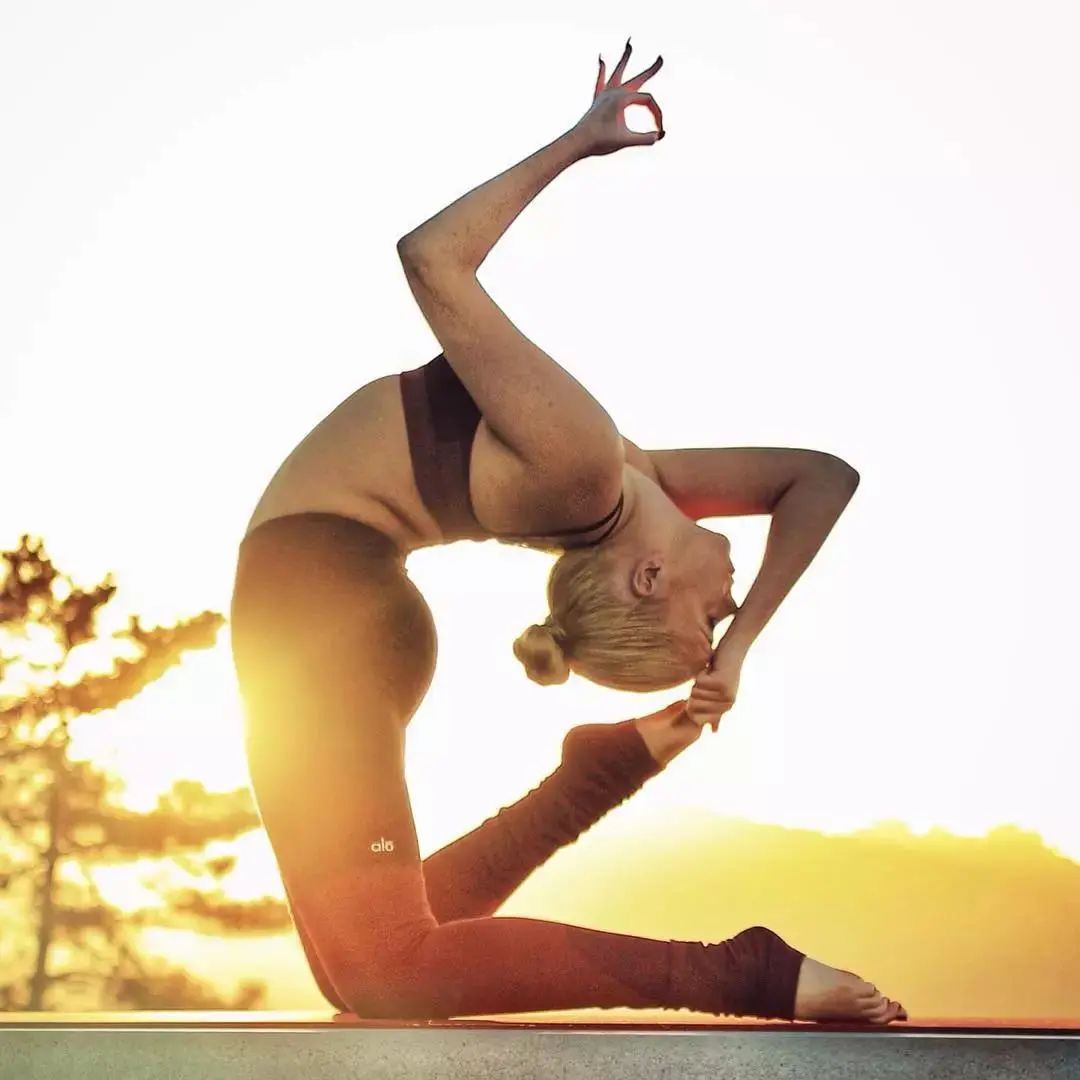You may have heard that emotions are stored in the hips.

But how did this happen and how did we release them? You may even have experienced the release of sadness, fear, depression, anxiety, anger…

after a long period of pigeon or cow noodles.

But why? Especially why does the hip accumulate so much emotional reserve? Firstly, let’s take a look at how the hips become ‘tight’ and why…

The term ‘hip tightness’ is often used to describe tension or even pain at the top, front, or sides of the leg, feeling as if something there is too short to relax or elongate.

Hip tightness is common.

Subsequently, the possibility of emotions being trapped within increases.

What does “hip opening” and “hip opening” mean? This is another term you may often hear in yoga‘ Hip opening is confusing; It feels like our hips are opening like a door or a book, indicating that our range of motion is limited by the width of our legs that we can open.

In fact, the hip joint is a ball and socket joint, which means they can perform circular movements, that is, move within a circle.

So ‘opening our hips’ actually means in all directions.
What affects our range of motion? There are two physical factors that limit our range of motion, or how “open” our hips are: flexibility: the muscles, tendons, and fascia inside and around the joints.
To some extent, yoga poses can improve this.
Skeletal differences – this is a limitation that we cannot change in all postures.
No matter how much yoga we do, bones will not move.
Our bones vary greatly in terms of the width and angle of the pelvis and femur, as well as how they fit together.
For one person, deep external rotation is shallow for another.
Your pigeon style may look completely different from mine.
Our bodies are also asymmetrical, for example, in posture, one side feels “easier” than the other.
How emotions are trapped? When we are angry, stressed, threatened, scared, or even surprised, we often unconsciously tighten our chin or fists.
We mobilize our hips to escape or fight, or we bend forward and lift our knees to protect our core.
When children are sad, they will curl up and cry.
Adults also do the same when receiving bad news.
Activating the gluteal flexor muscles to achieve fetal safety is an inherent reflex action.
No matter how severe the threat or perceived it may be, start from the hip and retract the knee.
When muscles tighten, they become shorter.
If tension is never fully released, not only muscle tension will be trapped, but deep cognitive emotions will also be trapped.
And they are stored in the hip.
Release physical and emotional tension by working on deep tissues in a hip centered position, such as the double pigeon pose, which can release physical and emotional tension.
At the physical level, this helps to relax the spine and legs, increase flexibility, and improve overall health.
Stretching the hip muscles leads to relaxation; The suppressed emotions may resurface, so as the ‘hips open’, we are opening Pandora’s box.
Practicing hip opening poses may really feel like we are opening Pandora’s box.
But if we approach them with acceptance and gentleness, the benefits far outweigh the temporary discomfort we may experience.
Good class recommendation: Scan the QR code of the image to learn more:.
.


